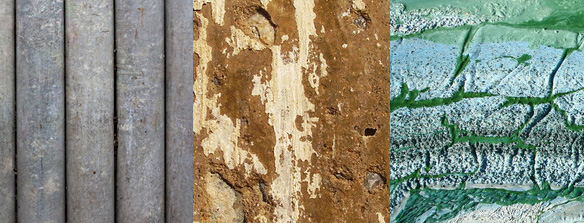 Mould growth is often rapid during the winter months making mould inspection even more important at this time of year.
Mould growth is often rapid during the winter months making mould inspection even more important at this time of year.
Humidity inside a home often rises in winter because most people start to keep their homes closed once the temperatures start to fall outdoors.
Moisture is one of the most important factors in the growth and reproduction of mould. Modern homes are often tightly sealed, which means that moisture can be trapped resulting in the dampness that mould needs to thrive. In addition, mould spores are often more plentiful outdoors during the fall and winter.
This is because mould’s job is to break down plant matter like dead leaves.
Mould in Corner Rooms
The exterior surfaces of drywall and sheetrock are some of the places where mould is commonly found in the winter. Mould often grows in the corners of a home because corner rooms are often exposed to more cold air due to their unshared walls. The exposure to cold air means that corner rooms will have higher relative humidity levels. When the heated air inside the home makes contact with a cold wall, there will be condensation. Adjoining rooms can eventually have mould as well since they have the same water vapor pressure.
The Prevention of Mould Growth
Proper insulation is essential. Condensation can be prevented if your walls are well-insulated. Proper insulation can also lower your heating and cooling costs. Other steps include keeping your home’s humidity below 40 percent. You should also remove mould spores by regularly vacuuming and cleaning your home.
About Mould Inspection
Only professionals with formal training and experience with mould should perform mould inspections. Mould growth can occur in multiple parts of a home, not just in corners and qualified professionals will know where to look. Additionally, not all mould growth is harmful.
Some mould occurs on lumber and stop growing once the lumber has dried, but will leave staining. An inspector will be able to get samples and send them to a lab for testing so that mould can be identified. Most importantly, mould inspectors look for sources of moisture. Getting rid of the source of moisture is essential since if it’s not removed, the mould will keep coming back.
Reasons to Get Mould Inspection
Allergic reactions that only occur in a certain room or area in your home may signal the need for a wintertime mould inspection.
If you have had mould remediated in the past, it is also important to have your home inspected to make sure that the problem has been resolved.
If you are planning to purchase or rent a home, you should have it inspected for mould to make sure that there is not a problem there.
Of the types of mould that can cause harm, black mould is the most notorious. It can cause allergies and exacerbate asthma along with more severe health problems like bleeding lungs and cancer. The potential for health problems is the most important reason to get a mould inspection.
Click this link if you think you need mould inspection.












